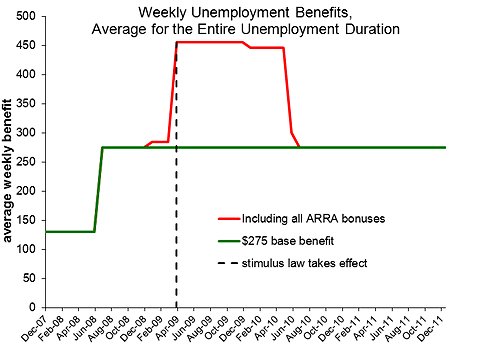Budget Minister Cristóbal Montoro said Tuesday that the government would create a credit line and advance about $10 billion to the regions, money they were not scheduled to get until later in the year.
The regions need the cash to pay suppliers, many of which are small businesses that have not been paid in months, even years, and are struggling to stay afloat.
But at the same time, Mr. Montoro said that Madrid would also seek new legislation to set penalties for regions that failed to comply with strict budget targets.
“I have no qualms about helping them, but neither do I have any qualms about being more demanding of them,” Mr. Montoro said after his first meeting with all the regional economic ministers.
Spain’s highly autonomous regions have spent recklessly in recent years — on generous public services and expensive capital projects, some of which look ridiculous in hindsight. Two regions, for instance, have built large airports, though virtually no one uses them.
And the regions’ failure to pay their creditors is now endangering many small enterprises, which are the backbone of the Spanish economy, already suffering from more than 22 percent unemployment, the highest in Europe.
Despite pressure from Madrid to rein in their budgets, many regions failed to meet their budget goals this year — a huge factor in Spain’s failure to meet its targets.
Just a few weeks ago, Prime Minister Mariano Rajoy announced a new $19.3 billion package of tax increases and budget cuts — intended to offset the impact of the unexpected jump in the 2011 public deficit to 8 percent from the 6 percent originally forecast.
Mr. Rajoy, who took office in December, quickly identified the regional government spending as a major problem that has to be dealt with. But he seemed to strike a more conciliatory tone this week as the government moved to help regions.
“We are all the state, and the Spanish government cannot remove itself from what is happening to the regional governments,” Mr. Rajoy said Tuesday, adding that he would not allow any regional government to go bankrupt as long as it met its budget goals.
Markets seemed to react positively to Mr. Rajoy’s new measures.
Spain was able to sell $8.5 billion in bonds on Thursday — more than expected, and at a better price. The sale suggested that markets had shrugged off the country’s downgrade last week by Standard Poor’s.
Yields that the country pays on 10-year bonds fell to 5.4 percent on Thursday, down from a high of 7 percent in November.
Spain’s system of autonomous regions was developed in the aftermath of the dictatorship of Francisco Franco. After years of repression, regions pressed successfully for as much freedom as possible.
They are generally in charge of administering schools, universities, health and social services, culture, development and, in some cases, policing. And the central government has until now had little ability to interfere.
But in recent years, the regions have been faced with some intractable problems. Education and health care have been particularly problematic, because those costs have been growing. At the same time, some main sources of financing — taxes on real estate sales and building permit fees — have dried up with the collapse of the housing boom.
For that reason, some regions may actually want the central government to take back some responsibilities, as was suggested in July by officials from the regions of Murcia, Valencia and Aragón.
Rachel Chaundler contributed reporting.
Article source: http://feeds.nytimes.com/click.phdo?i=5c92f501e306b52e57ddceccff66000c

